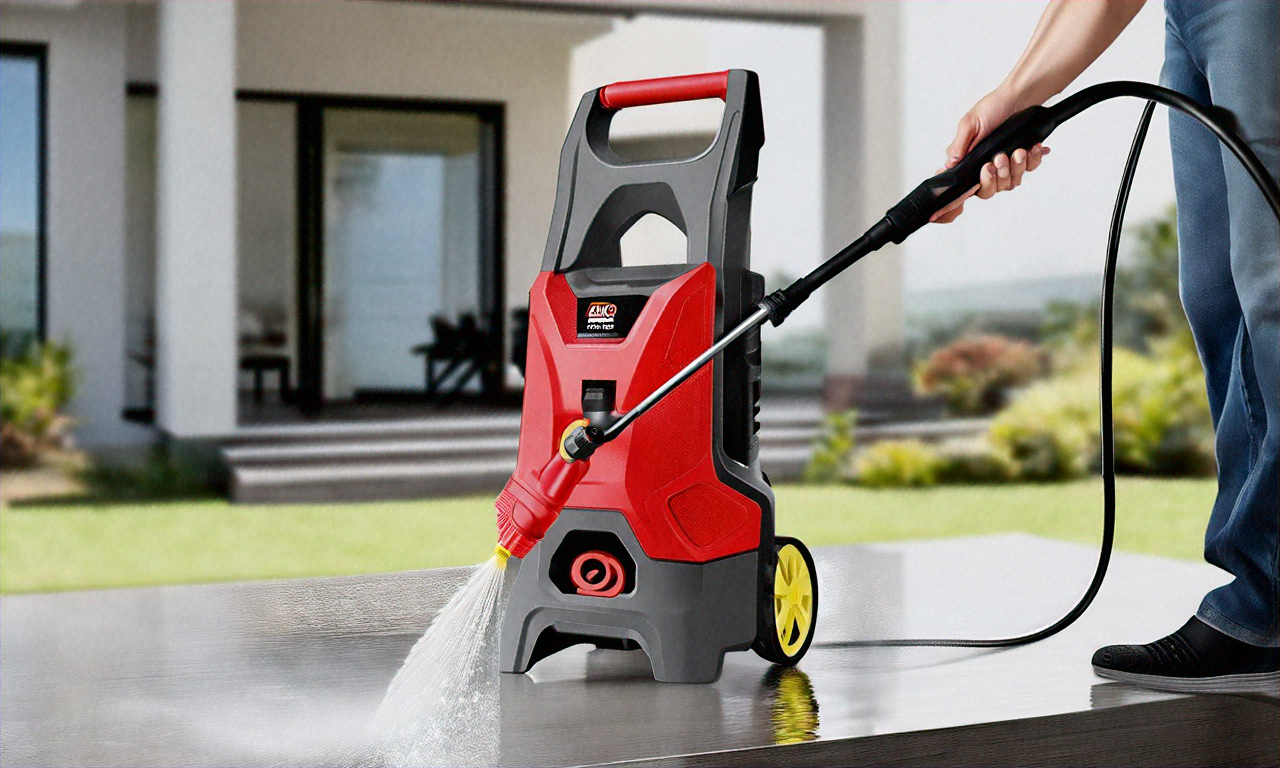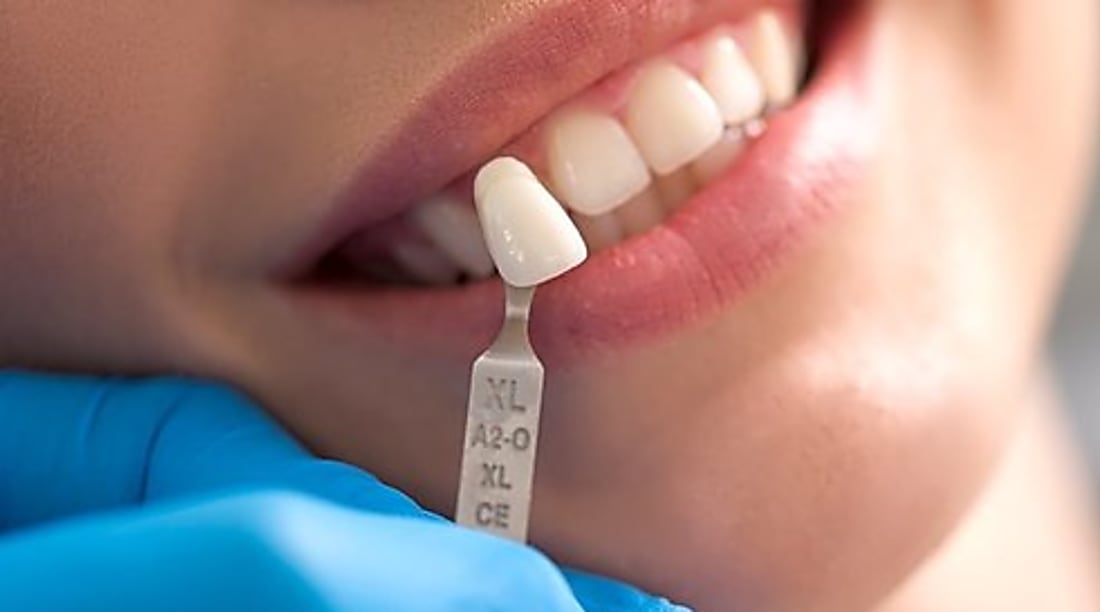Understanding Home Pest Control
Managing household pests involves identifying entry points, understanding the habits of common rodents, and applying effective prevention methods. Learn how integrated pest management can help maintain a safe and clean living environment without relying solely on chemical solutions.

How to Identify Signs of Mice in the Home
Detecting an early mouse infestation is crucial for preventing extensive damage. Key indicators include:
-
Small, dark droppings near food sources or hidden areas
-
Gnaw marks on furniture, walls, or electrical wiring
-
Unusual scratching sounds inside walls, especially at night
-
Greasy track marks along baseboards and corners
-
Unexplained food packaging damage
Mice are not just a nuisance; they can spread diseases and cause significant structural damage. A single mouse can produce 50-75 droppings daily and reproduce rapidly, making early detection critical for effective control.
Rodent Prevention in Residential Areas
Preventing rodent entry requires a multi-faceted approach:
-
Seal potential entry points:
-
Check for gaps around windows and doors
-
Repair foundation cracks
-
Install door sweeps
-
Use steel wool or caulk to block small openings
-
-
Manage outdoor environments:
-
Keep yard clean and free of debris
-
Store firewood away from house
-
Trim vegetation near structures
-
Secure garbage in sealed containers
-
-
Remove potential food sources:
-
Store food in airtight containers
-
Clean up spills immediately
-
Keep kitchen areas clean
-
Use sealed pet food storage
-
Safe and Effective Pest Control Methods
Modern pest management emphasizes integrated approaches that minimize chemical interventions:
-
Natural repellents like peppermint oil
-
Ultrasonic pest deterrent devices
-
Sticky traps for monitoring
-
Biological control methods
-
Targeted, low-toxicity chemical treatments
Professional pest control services can provide comprehensive assessments and tailored treatment plans that address specific household needs while prioritizing safety.
Integrated Pest Management for Households
Integrated Pest Management (IPM) represents a holistic approach to pest control:
-
Comprehensive inspection
-
Identification of pest species
-
Understanding environmental factors
-
Implementing preventive strategies
-
Minimal use of chemical interventions
-
Continuous monitoring and adjustment
IPM focuses on long-term prevention and uses environmentally sensitive strategies to manage pest populations effectively.
Pest Control Cost Comparison
| Service Provider | Treatment Type | Estimated Cost Range |
|---|---|---|
| Local Pest Control Co. | Basic Home Treatment | $150 - $300 |
| National Pest Management | Comprehensive Plan | $250 - $500 |
| Eco-Friendly Services | Green Treatment | $200 - $400 |
Prices, rates, or cost estimates mentioned in this article are based on the latest available information but may change over time. Independent research is advised before making financial decisions.
Maintaining a Pest-Free Living Space
Consistent maintenance is key to preventing pest infestations:
-
Regular cleaning and decluttering
-
Routine home inspections
-
Immediate addressing of moisture issues
-
Proper food storage
-
Seasonal preventive treatments
By implementing these strategies, homeowners can create an environment that naturally discourages pest populations and maintains a healthy, comfortable living space.
Effective pest control is an ongoing process that requires vigilance, understanding, and proactive management. By combining knowledge, prevention, and targeted interventions, you can protect your home from unwanted intruders and ensure a safe, comfortable environment for your family.




